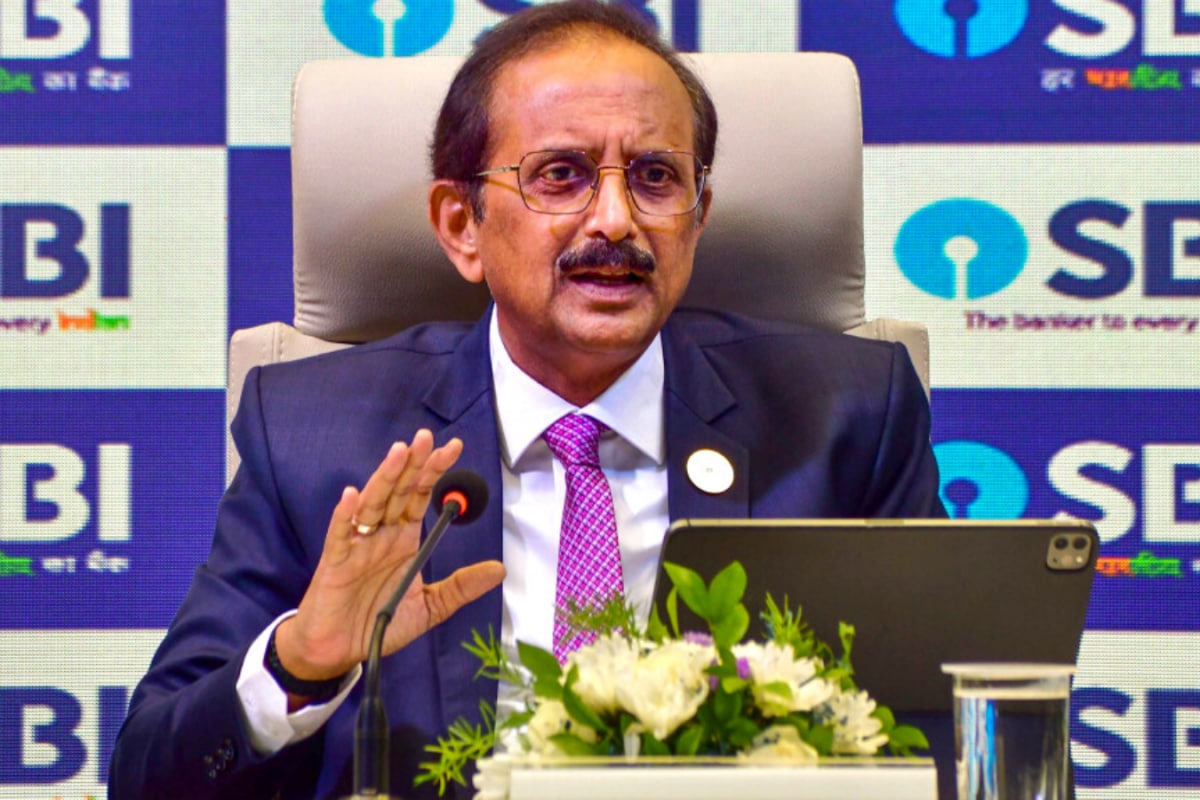

The question of whether the SBI Chairman's sea-facing bungalow is worth ₹10 crore a month is a complex one, intertwined with issues of historical legacy, public perception, and the realities of executive compensation in India's banking sector. While the literal rental value might not reach that astronomical figure, the symbolic weight and associated costs merit closer examination.
The bungalow in question, often referred to as "Dunedin," is located in Mumbai's upscale Malabar Hill area. It's not a new acquisition but a legacy property, owned by SBI since the days of the Imperial Bank. This historical context is crucial. It's a heritage property, and some argue that SBI Chairman doesn't get any special benefit by living in this house. The chairman has to live in it because it is there. Being a heritage building, it can't even be pulled down to make more apartments to accommodate more senior officers of the bank.
Several reports have quoted figures of ₹2 crore to ₹2.5 crore per month as the potential rental value of such a property. While ₹10 crore seems an exaggeration, even the lower estimate highlights a significant expense.
To put this in perspective, it's essential to consider the SBI Chairman's actual salary. Former SBI Chairman, Rajnish Kumar, revealed that his annual salary was ₹28 lakh. The current chairman, Challa Sreenivasulu Setty, has an annual salary of ₹39.3 lakh. These figures are dwarfed by the compensation packages of private bank CEOs. For example, Amitabh Chaudhary of Axis Bank earned ₹7.62 crore annually in FY22, while Sashidhar Jagdishan of HDFC Bank received ₹6.51 crore in the same period. The disparity in compensation between public and private sector bank heads is a recurring theme in discussions about the SBI Chairman's bungalow.
The provision of such a residence is a perk, a benefit tied to the office. While the Chairman's salary might seem modest compared to private sector counterparts, the bungalow represents a significant addition to their overall compensation. The argument often arises: is it justifiable for a public sector bank, handling the savings of millions of ordinary Indians, to maintain such an expensive residence for its chairman?
There are counter-arguments. The chairman represents the bank, and the residence serves as a venue for official meetings and interactions. Maintaining a certain image and profile is part of the job. Moreover, the property is already owned by the bank; selling it might not be the most financially sound decision, especially considering its heritage value and potential appreciation. It’s seen by some as a "white elephant" – a huge liability that the chairman has to occupy.
Ultimately, the question of whether the SBI Chairman’s bungalow is "worth" ₹10 crore a month is subjective. It raises questions about priorities, optics, and the balance between tradition and fiscal responsibility in a public sector institution.